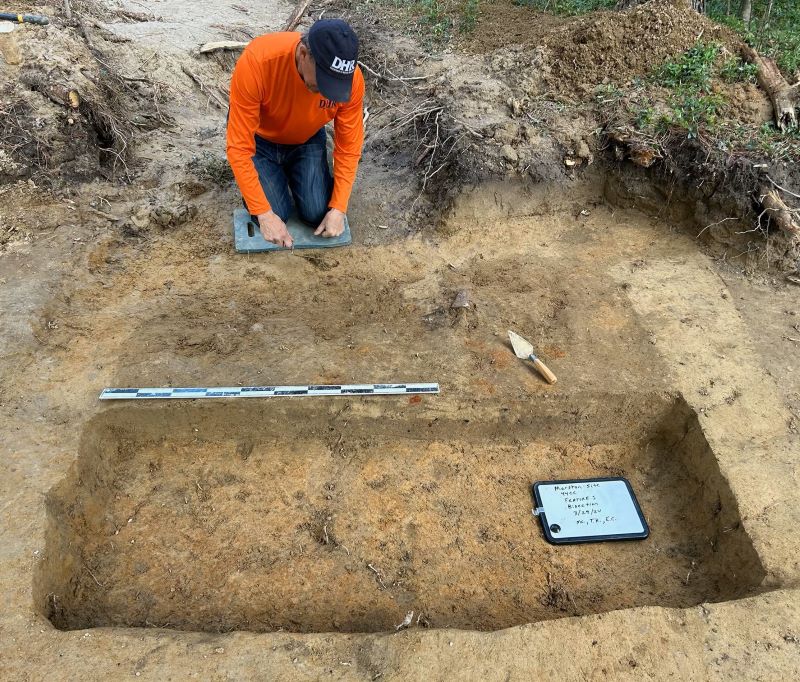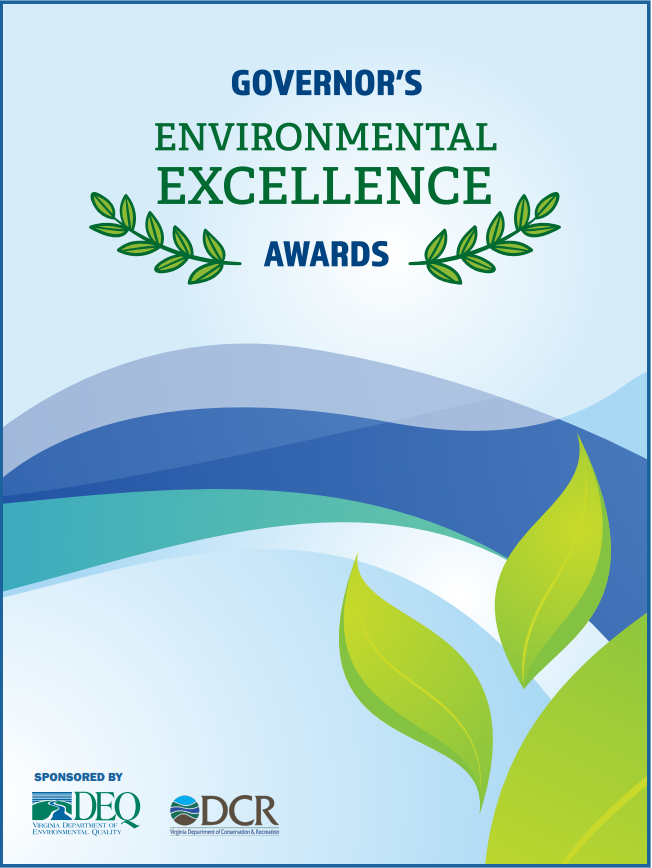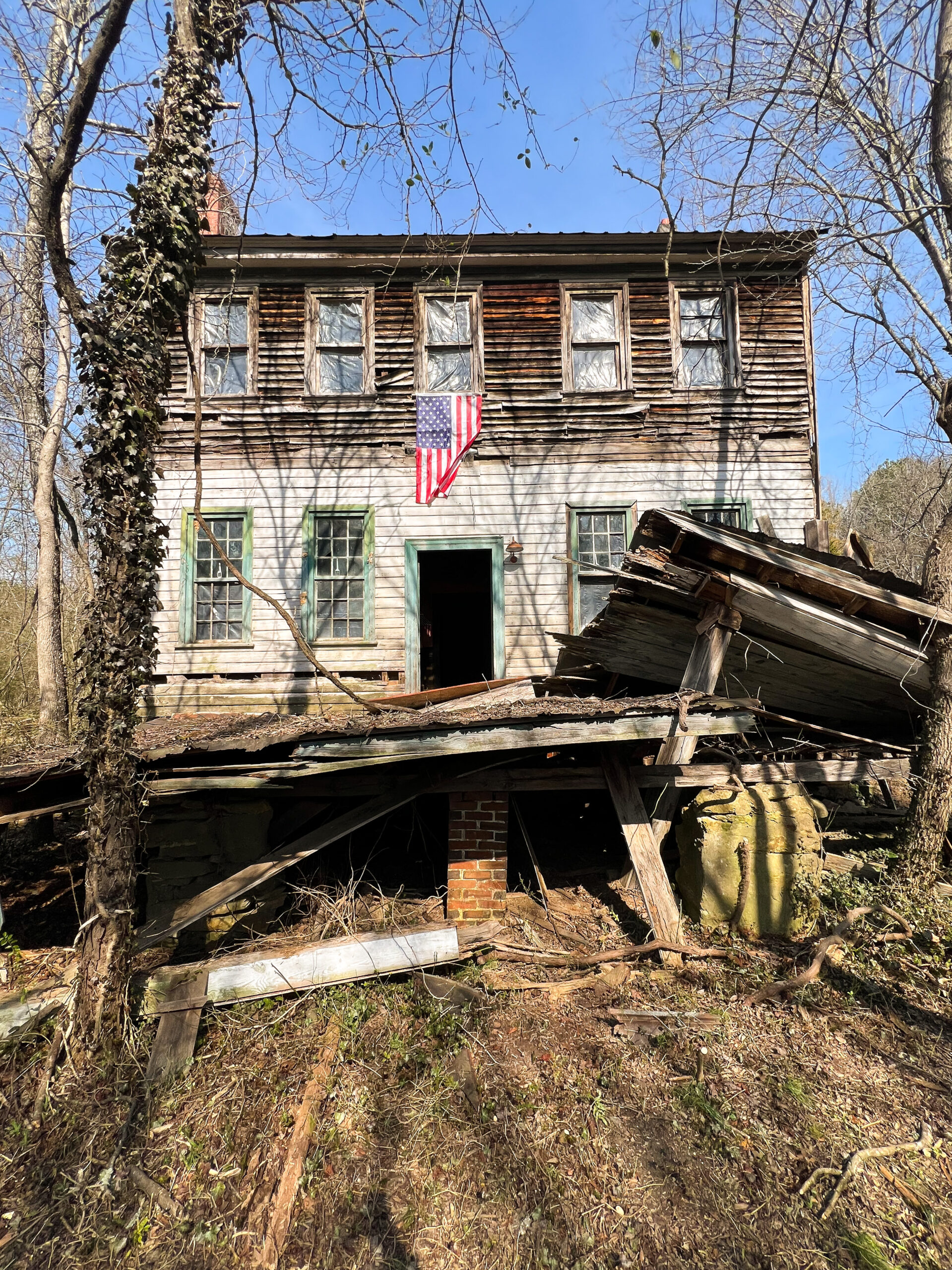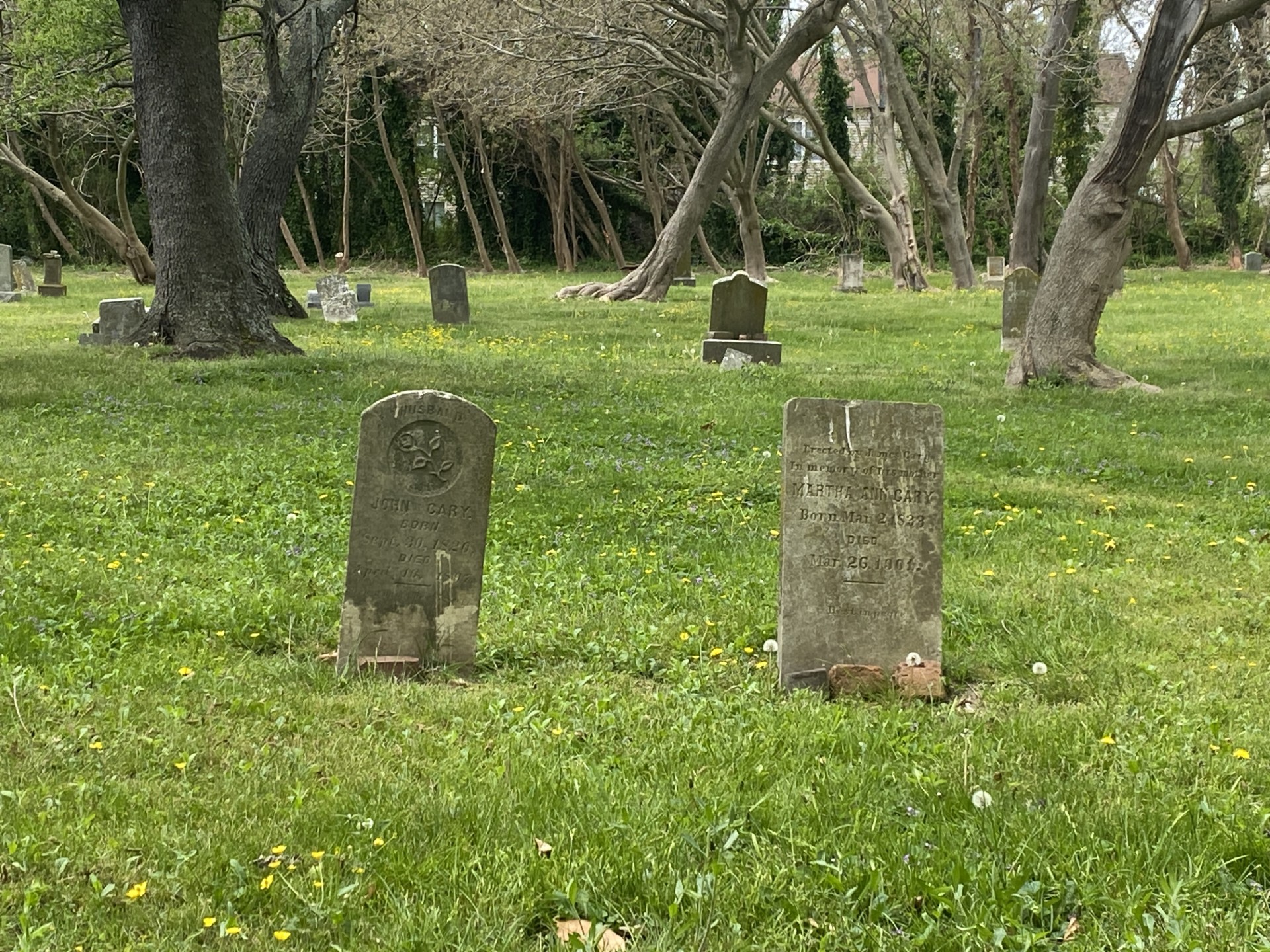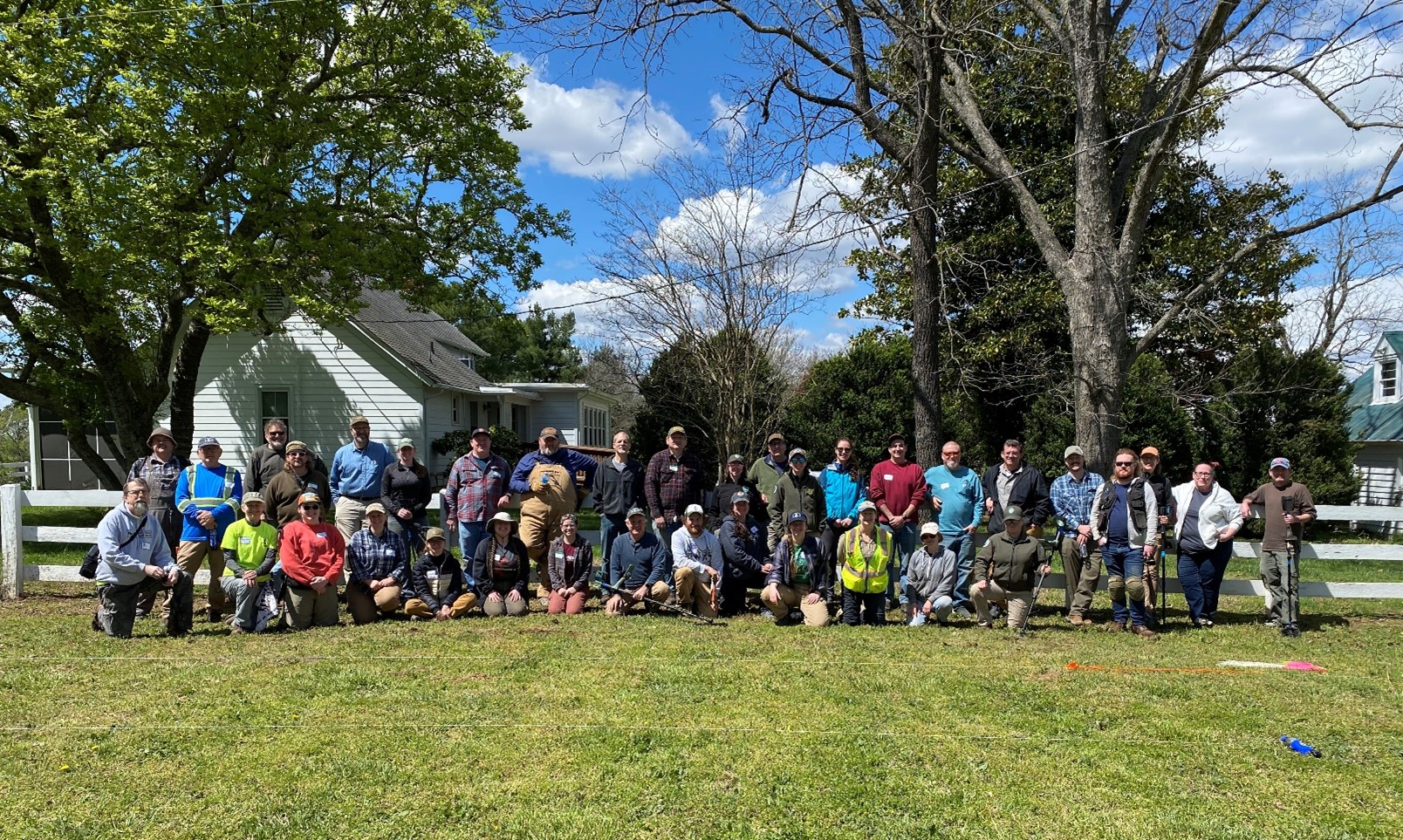DHR Hires Dr. Elizabeth A. Moore as State Archaeologist
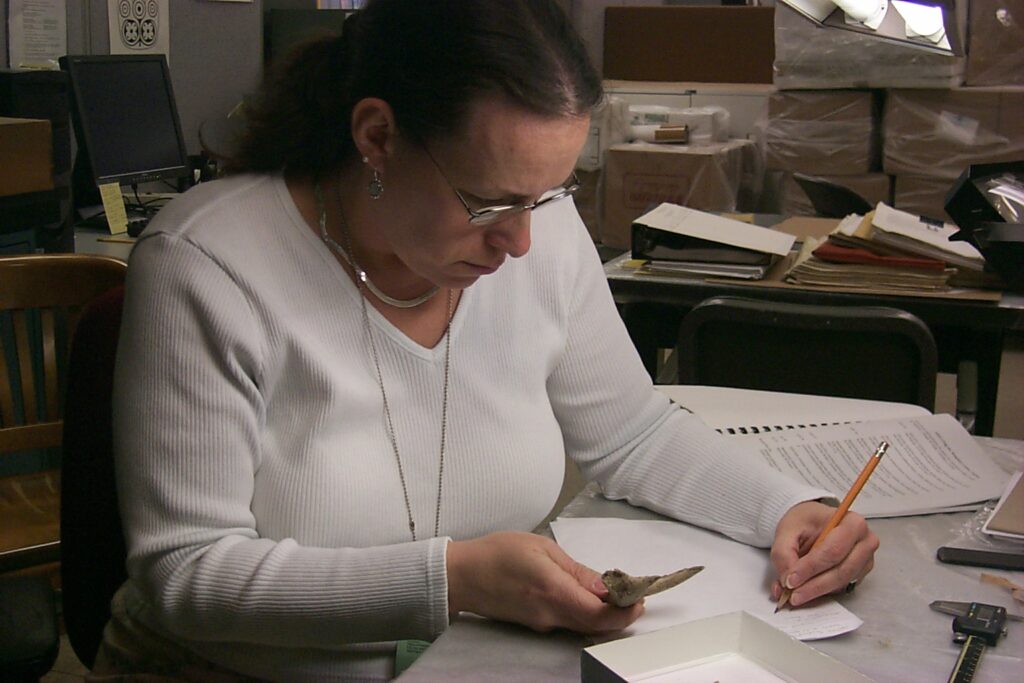
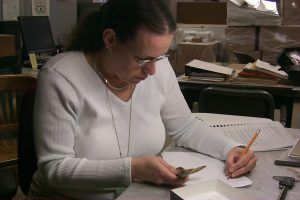 The Virginia Department of Historic Resources will welcome Dr. Elizabeth A. Moore as the commonwealth’s new State Archaeologist in June. Moore comes to the department after serving since 2007 as Curator of Archaeology at the Virginia Museum of Natural History (VMNH) in Martinsville, where she also was assistant director of Research and Collections for two years.
The Virginia Department of Historic Resources will welcome Dr. Elizabeth A. Moore as the commonwealth’s new State Archaeologist in June. Moore comes to the department after serving since 2007 as Curator of Archaeology at the Virginia Museum of Natural History (VMNH) in Martinsville, where she also was assistant director of Research and Collections for two years.
Moore is no stranger to the Department of Historic Resources (DHR). Since 2007, she has served as chairman of its State Review Board (SRB). That board advises DHR register program staff about historic properties under early consideration for nomination to the National Register of Historic Places (NRHP). During its quarterly meetings, the SRB also recommends to the director of DHR if a formal nomination for a historic property or district should be forwarded to the National Park Service for listing on the National Register, a decision that ultimately rests with the Keeper of the National Register of Historic Places.
Under her position at VMNH, Moore has overseen laboratory analysis and investigation of artifact collections recovered during DHR field schools on the Eastern Shore’s Northampton and Accomack counties, and in Virginia Beach. She also has participated in, and led volunteers during many of those annual and semi-annual events, which DHR co-sponsors with the Archeological Society of Virginia (ASV), and Council of Virginia Archaeologists (CoVA), and the US Forest Services’ Passport in Time program.
“As chair of the State Review Board, Dr. Moore has offered wise counsel on all properties that go before the board, not just archaeological sites.” said DHR Director Julie V. Langan. “But her advocacy for, and knowledge about belowground historic resources, combined with her expertise in the field and in the lab, means she has made significant contributions already to DHR’s register program and the agency’s mission,” Langan added.
Moore’s career research has focused on how faunal remains—bones, shells, hides, etc., and molecular vestiges of DNA or proteins—can offer insight into the ways “people in the Middle Atlantic region have used animals and food through time for subsistence, economics, ceremonial, and social purposes, particularly in Virginia and Maryland,” in Moore’s words.
“I am very pleased to have this opportunity to work to support archaeology throughout the commonwealth and to serve as an advocate for these important resources,” Moore said about her State Archaeologist position. “Discoveries around the state that allow us to understand the past in new and more inclusive ways and to share that understanding to more diverse audiences make this an exciting time for archaeology.”
During her career in Virginia, she has served as president of the ASV, as a member of CoVA’s Collections Committee, and as Virginia’s State co-Coordinator for Public Archaeology with the Society for American Archaeology. She is also a member of many other professional organizations. In 2015, the ASV recognized her as “Professional Archeologist of the Year.”
Moore is the author or co-author of numerous technical reports and articles in professional journals, and has also authored contributing chapters in edited books.
She earned her doctoral and master’s degrees in anthropology from The American University in Washington DC, and her undergraduate degree from State University of New York at Potsdam.
A native of New York, Moore fills the State Archaeologist position formerly held by Dr. Michael Barber, who retired from DHR in March of this year.



